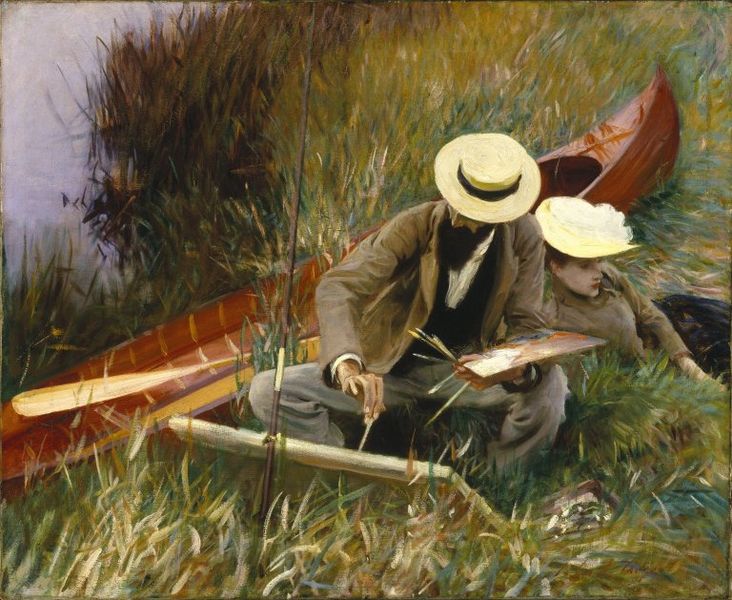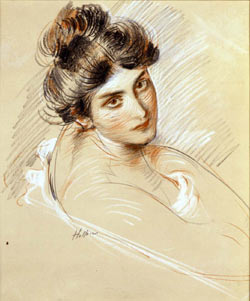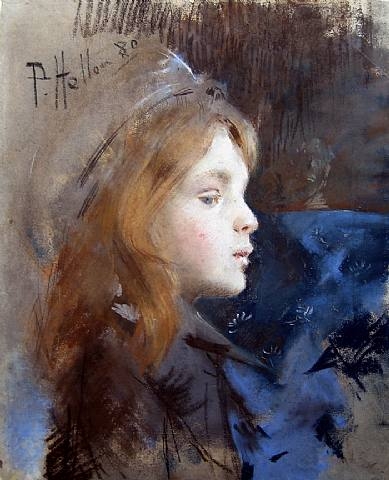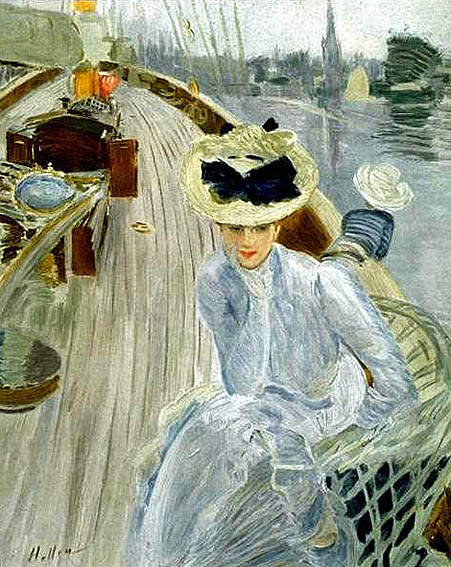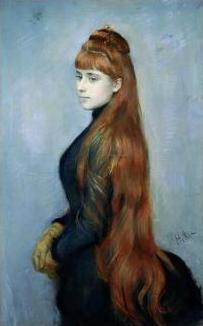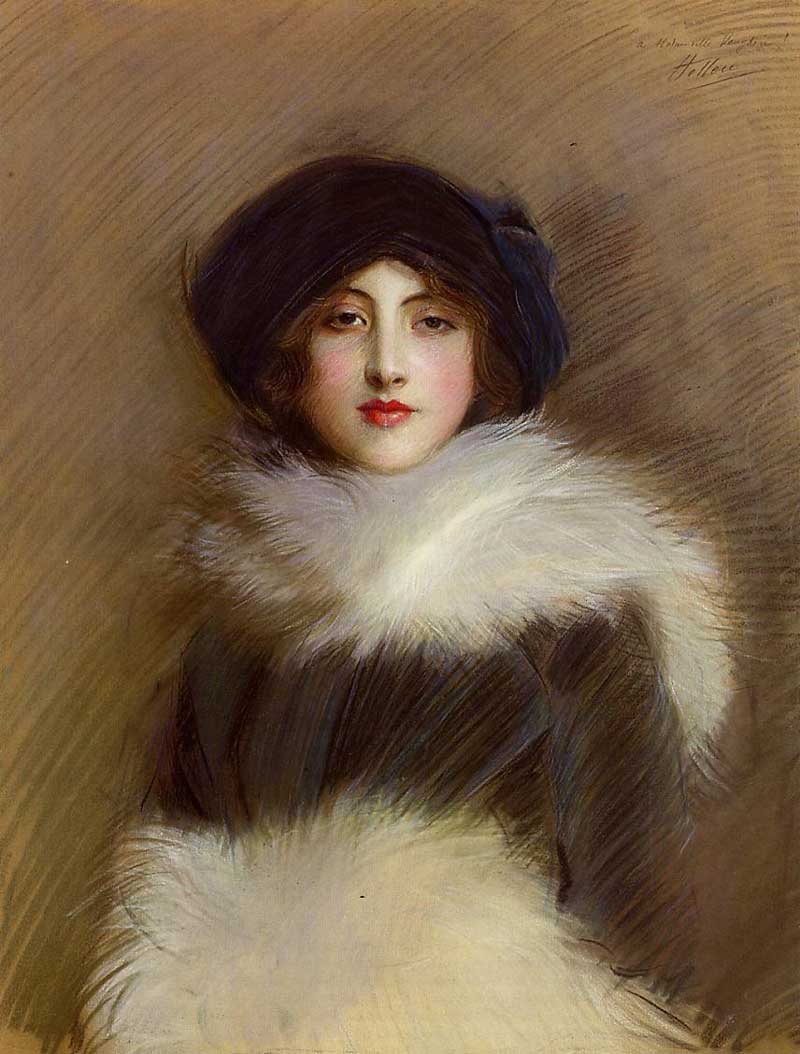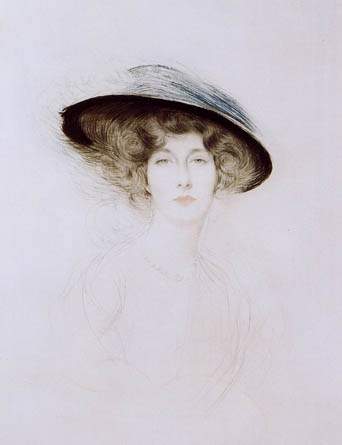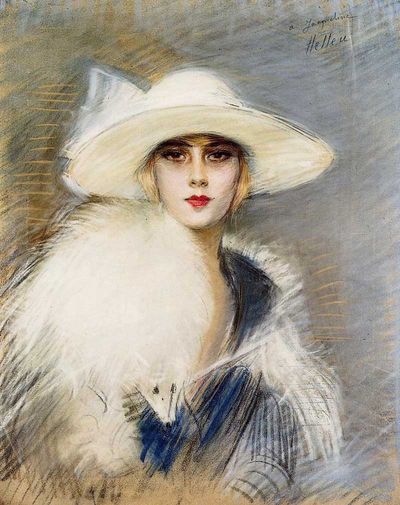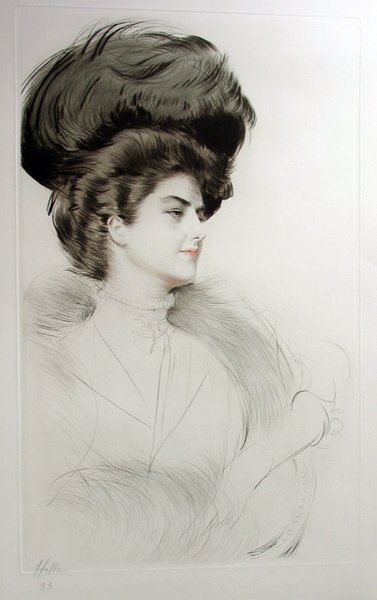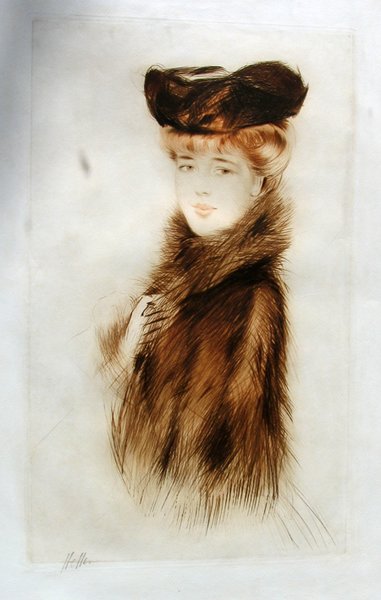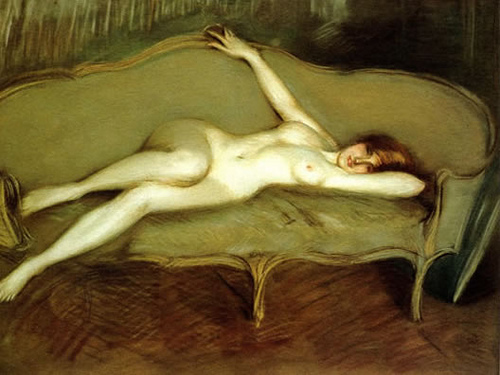<Back to Index>
- Mathematician Marius Sophus Lie, 1842
- Painter Paul César Helleu, 1859
- Second Lieutenant Sniper Simo Häyhä, 1905
PAGE SPONSOR
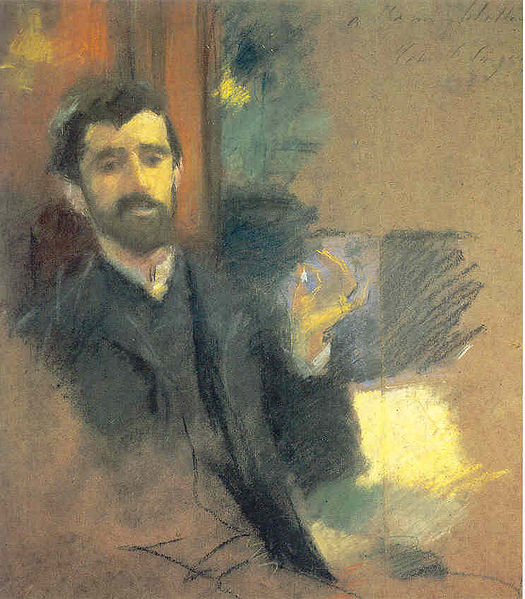
Paul César Helleu (December 17, 1859 – March 23, 1927) was a French artist best known for his portraits of many of the most famous and beautiful women of his time including the Duchess of Marlborough, the Countess of Greffulhe, the Marchesa Casati and Belle da Costa Greene, librarian to J.P. Morgan and one of the sharpest and most powerful women buyers of her time.
He was born in Vannes, Brittany, France. He started as a ceramist, but at the age of 17, despite the disapproval of his widowed mother, he went to Paris to study with Gérôme and at the École des Beaux-Arts. He became a close friend of John Singer Sargent, whom he met in Paris in 1878 when Paul was 18 years old and Sargent 22. Already becoming known, Sargent was getting commissions for work. Helleu had not sold anything, was deeply discouraged and almost to the point of abandoning his studies. When Sargent heard this, he went to Helleu and picked one of his paintings, praising his technique. Flattered that Sargent would praise his work he offered to give it to him. Sargent replied, "I shall gladly accept, Helleu, but not as a gift. I sell my own pictures, and I know what they cost me by the time they are out of my hand. I should never enjoy this pastel if I hadn't paid you a fair and honest price for it." With this he paid him a thousand franc note. This was perhaps the first thousand franc note Helleu had ever seen.
Helleu was commissioned to paint a portrait of a young woman named Alice Guerin in 1884. They fell in love, and married two years later (July 28, 1886). She was undoubtedly his favourite model. Charming, refined and graceful, she helped introduce them to the aristocratic circles of Paris, where they were popular fixtures.
In 1904 he was awarded the Légion d'honneur and became one of the most celebrated artists of the Edwardian era in both Paris and London and an honorary member of the most important beaux-arts societies. He was a member of the International Society of Sculptors, Painters and Engravers and the Societaire de la Nationale des Beaux-Arts. He was decorated by the French Government with the Legion d’honneur in 1904.
He was the creator of the astrological
ceiling decoration in New York City's Grand
Central Station,
completed in 1912. By the time of his last trip to New York City in
1920 he realized that the Belle Epoque was over. He felt out of touch
and retired to his family life. He died in Paris of peritonitis in 1927.
